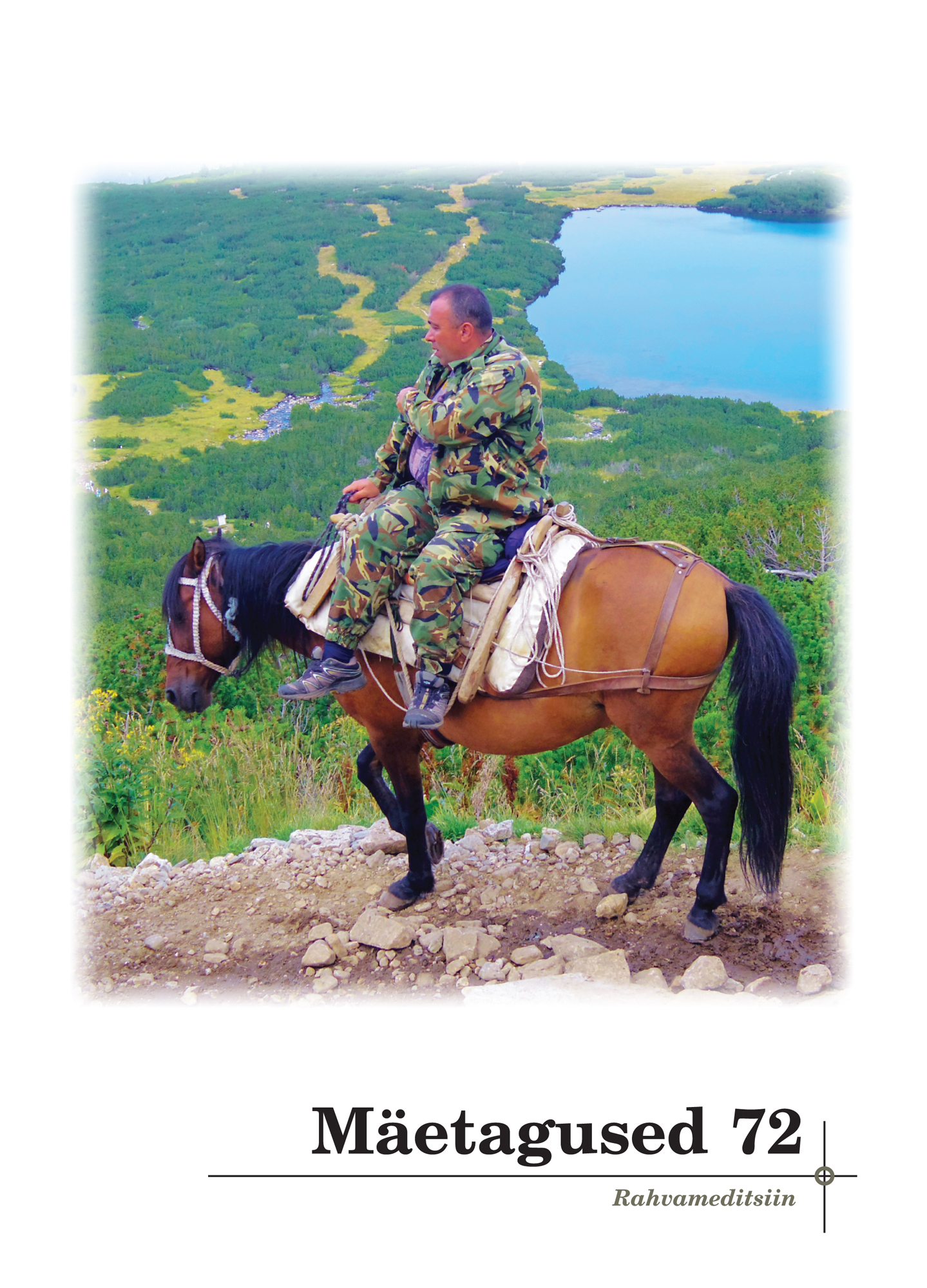Valgevene võinädal: paiksed tunnused ja hetkeseis
Belarusian Maslenitsa: Local features and current situation
Author(s): Elena Igorevna LeshkevichSubject(s): Customs / Folklore, Cultural Anthropology / Ethnology, Culture and social structure
Published by: Eesti Kirjandusmuuseum
Keywords: Shrovetide; bidding farewell to winter; calling the spring; burning a dummy; masking; songs
Summary/Abstract: The article gives an overview of the celebrations held during Maslenitsa (Butter Week, the week before Great Lent) in Belarus, describing local peculiarities and the current situation. In Belarusian calendar-related customs, Maslenitsa stands on the borderline between the winter and spring calendar cycle. The name of the holiday in Belarusian (maslenka) and its variants are derived from the word maslo (butter), which refers to the importance of dairy products in the holiday meals. During Maslenitsa, all Belarusians eat blini and dairy products, go for rides, visit friends, and sing. Local variants of celebrations have been very diverse. The peculiarity of northern Belarus was masking and the symbolic ‘burying’ of winter, carried out mainly by women. The reminiscences recorded in the borderland regions of the Vitebsk, Mogilev, and Minsk oblasts (north-eastern part of Belarus) describe the honouring of young families and midwives, as well as processions related to these events, marking of young bachelors, swinging, and singing Easter songs – the entire diversity of Maslenitsa. The eastern part of Belarus featured the burning of straw dummies during Maslenitsa, and in the south a characteristic ritual was calling the spring, for which bird-shaped cookies were baked. Swinging is also classified as a spring ritual, which was known mainly in the northern part of Belarus. The most peculiar feature of Maslenitsa in western Belarus was the so-called women’s rituals. Archaic motifs have survived in the customs of Maslenitsa until today, although in Belarusian cities not local traditions but rather those rooted in Russian cultural heritage are maintained – the ones that were disseminated in the mass media and methodological guidelines for cultural workers of the 1950s–1960s in the republics of the Soviet Union. Most of the rituals have lost their magic meaning, yet Maslenitsa has preserved its inherent playfulness, world perception characteristic of holidays, energy, and activeness.
Journal: Mäetagused. Hüperajakiri
- Issue Year: 2018
- Issue No: 72
- Page Range: 137-152
- Page Count: 16
- Language: Estonian

